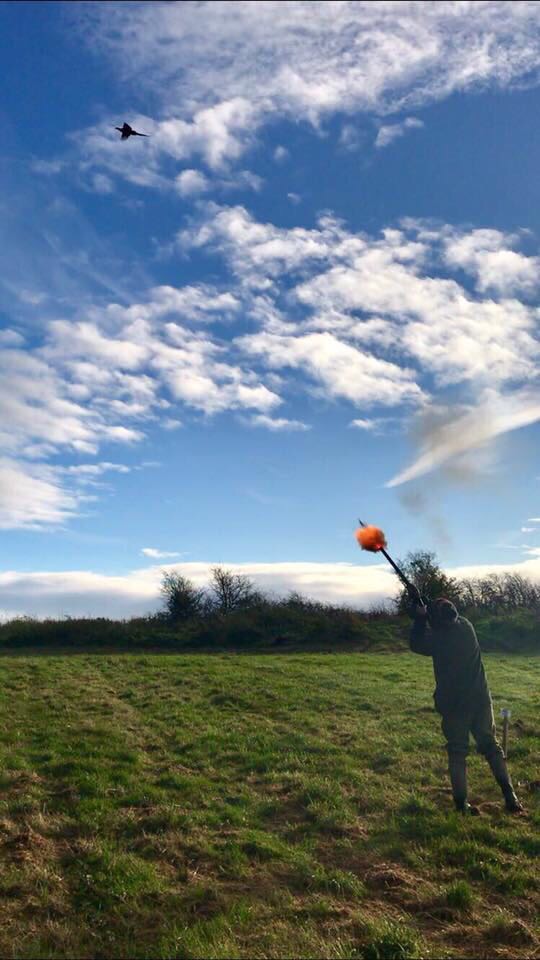Today the 31st January marks the end of the 2017 -18 game shooting season .The big and small estates will now be preparing for the coming game season which for the red grouse begins in the 12th August and the partridge in September and pheasant in October .The keepers will be keeping vermin to a minimum , land will be worked for new game crops plus the rearing of game to go to the woods by late June ready for the shoots which begin on most estates in November . These big estates are the back bone for game shooting which all shooters of game benefit ,it is the strays that keep small rough shoots in game along with the wild stock.
Feltwad
Feltwad








